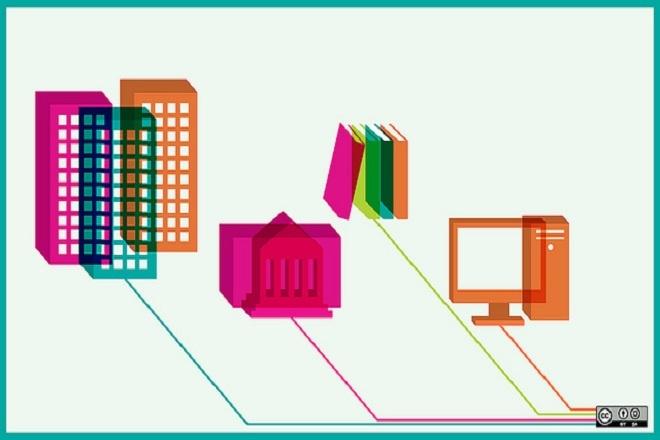Recently, a piece on The Guardian discussed the future of ed-tech, and came to the conclusion that the cloud is that future. It’s an interesting proposition – that education for children will be defined by web-accessible remote file storage. Is it accurate? Not entirely.
In the article in question, writer Matt Britland states that the reason he doesn’t see the iPad as the future of ed-tech is because it’s a device, and not a worldwide technological step forward like the cloud. This is completely accurate – it would be silly to attach such significance to a single product, or even just one of the many companies that make a product in a certain category. It’s global progression or nothing.
But the reality is that the reason Britland chose the iPad is not because it’s an Apple product, but because it’s a very, very good series of tablet computers that make everything from children’s books to science kits look more accessible and interactive. It has the ability to read aloud to a child as a picture book comes to life, to show them cartoons, literature, pictures of animals from around the world, thousands of books, and it weighs about as much as a few copies of The Very Hungry Caterpillar.
While they are, as Britland states, only in the “now” as technology, the cloud is something that will become a natural part of the way in which we interact with computers and the data on them for the foreseeable future. It’s the endgame of data storage – to know that students can access their resources and work from anywhere with an internet connection, and rest assured that their work is never just being backed up locally.
This is arguably something that helps make them the future for all technology users, from Verizon customers to students, however, and I feel that applying this to education is similar to saying smartphones are part of the future of small businesses. Sure, they might be, but they’re not specifically crucial to small businesses – they affect everyone.
Educationally, tablets are a big step forward. It’s nice having one as a businessperson or a graphic designer, but as someone engaging with education at any age, a tablet is going to change the way your learning process works completely, and their cloud integration simply reinforces that this is a new platform to learn on, rather than an additional service.
The apps you can use on Apple’s tablet, however, are the ones that are defining the iPad as the go-to new-age education device. iBooks are providing children with fully interactive reading experiences, ease-of-use means that finger gestures are instinctive and conducive to engaging with shapes and sounds from a young age on the device, and of course, the range of apps is considerable.
So while I do appreciate that the cloud is important to us as a society who values data and its level of accessibility and safety, I don’t think we can call the cloud the future of education. If you’ve ever seen a small child return to magazines only to use a finger gesture out of habit, it’s a sign that there’s a new age of interactive learning out there, and that tablets are it.
Image courtesy of opensourceway (via Flickr)
